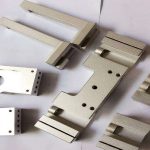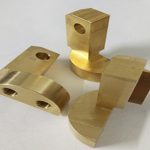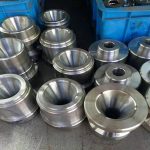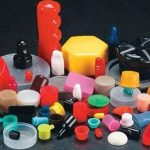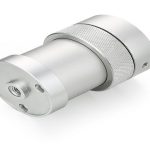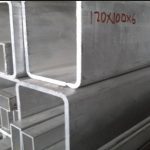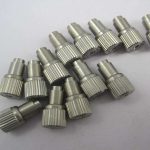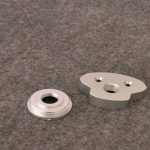Grinding machines not only have a place in metal manufacturing, but are also suitable for finishing operations and cutting. The tools and cutting blades are reliable and can process all kinds of metals quickly.
Although they have done a good job with cutoffs, they do have some inherent risks. Cutting blades rotate at high speeds (usually more than 10,000 RPM), and the sparks and dust they produce can travel long distances. In other words, for manufacturers who regularly use rotary cutting and successfully manage hazards, this process is fruitful and capable—no doubt.
However, using a grinder for rotary cutting is not the only option for fast and convenient cutting. Reciprocating saws can provide a fast and clean cutting method, can handle various thicknesses and pipe or pipe diameters, and contribute to the safety of the workplace. Because the reciprocating action is fundamentally different from the rotating action, and the design of the saw is also different, the reciprocating tool provides a completely different cutting experience from that of the rotary tool.
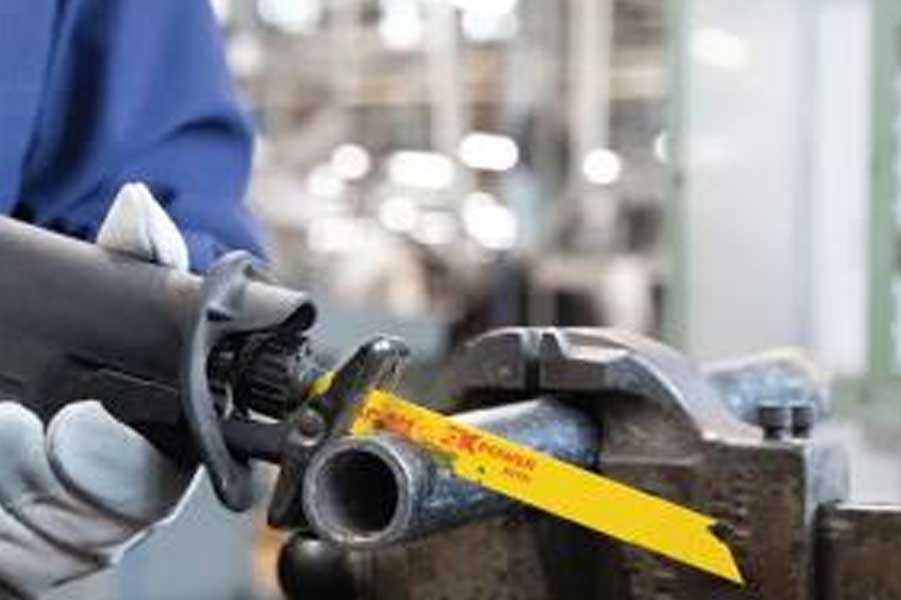
Safe cutting
The reciprocating action is a milling process that produces chips. Although the saw can cut quickly, the action and speed of the blade does not transfer a large amount of energy to the chips it produces. It does not generate a lot of heat; the temperature of the substrate and the cutting tool are kept at a low level. Likewise, the process does not transfer too much kinetic energy to the chip. Cleaning is easy because the chips will fall out of the tooth grooves and deposit in localized areas on the floor.
Comes with a 4-1/2 inch rotating tool. The cutting wheel rotates at 13,500 RPM, producing the equivalent of 16,000 surface feet per minute of movement. It produces sparks up to 30 feet. At 1,800 degrees, if any hot metal hits an unprotected worker, these metal fragments may cause injury. If they land near any flammable or explosive materials, they may also cause extensive property damage. Use one requires great care and usually requires a thermal license.
Rotary cutting can also generate a lot of dust, including abrasive dust from the cutting wheel and metal dust from the workpiece. Therefore, workers in this area need personal protective equipment to prevent inhalation of particulate matter in the air.
Ergonomics is another factor. The cutting speed of reciprocating blades is often faster than that of abrasive tools, so the shorter the cutting time, the shorter the vibration time during processing. In addition, the reciprocating blade produces less noise, and the noise during operation is 15 decibels lower than that of the rotating blade. Finally, because the reciprocating blades are made of metal, they can be bent. The cutting wheel is fragile and fragile, spreading debris throughout the workplace.
Cutting versatility
Because the blade of the reciprocating saw extends straight from the end of the tool, and because the tool has no guard, the blade can enter a small space. It is also worth noting that there are several standard lengths of reciprocating blades, so cutting various pipe diameters does not mean using multiple blade lengths. In most cases, one size fits everyone.
Average cost of 74,750 cuts on 1-½ Sch. 40 steel pipes with rotating cut-off are $23,295. For reciprocating tools with high-quality blades, the annual cost is US$8,855, which is a saving of US$14,440.
When using a grinder with a cutting wheel, it may be tempting to remove the protective cover to enter a confined position. bad idea. When the wheels are damaged, the result is catastrophic, and the situation will be worse if the guards are not in place to catch some debris. All the energy that should have been used in the cutting process sends broken wheel fragments in all directions, putting operators and others in the area at risk.
Efficiency and economic considerations
In terms of wear, the reciprocating blade maintains a constant size and therefore cuts at a constant rate. Since there is no change in the number of surface feet per minute, the cutting efficiency does not change much from the first cut to the last cut. Abrasive cutting wheels will not cut at a constant rate. As the cutting wheel wears, its diameter (and circumference) shrinks, but the speed remains the same. As the grinding wheel shrinks, the number of surface feet per minute also shrinks, thereby increasing the time required for each cut.
The choice of blade is critical. A more durable blade may cost more, but depending on the structure of the blade and tooth design, it may be more rewarding in terms of durability and less frequent downtime for blade replacement.
More advanced 6-inch cutting test. With various 4.5-inch reciprocating blades. The average annual savings for abrasive cutting wheels is more than $14,000 (see Figure 1).
The test is based on the workload of 74,750 cuts of No. 40 steel pipe per year, which is a typical workload of three operators in a small and medium-sized workshop, whose income reaches the national average labor rate. The consumption is that each worker uses a box of abrasives per week (25 wheels per box), and each operator uses 6 reciprocating blades per week, or 75 rotating wheels and 18 blades per week.
Easy to choose and identify
Manufacturers usually provide two shapes, one with parallel edges and the other with a tapered profile (see Figures 2 and 3). The style with parallel edges is suitable for more difficult cutting, especially when the tip requires force. The tapered profile is suitable for straighter cuts and more suitable for hard-to-reach places.
The number of teeth per inch (TPI) usually determines the type of material the blade can cut. For example, as the metal thickness decreases, TPI should increase. As the TPI increases, the cutting time will also increase; the advantage is that the higher the TPI, the cleaner the cut.
Some reciprocating blades have markings to identify the application, but after only a few minutes of use, the markings wear out, making it difficult to distinguish one blade from another. Some manufacturers provide color coding on the handle so it will not wear out. This provides a quick and easy way to determine the application of the blade even after multiple uses.
Link to this article: Using a reciprocating saw for pipe cutting helps improve safety, versatility, and ease of use
Reprint Statement: If there are no special instructions, all articles on this site are original. Please indicate the source for reprinting:https://www.cncmachiningptj.com/,thanks!
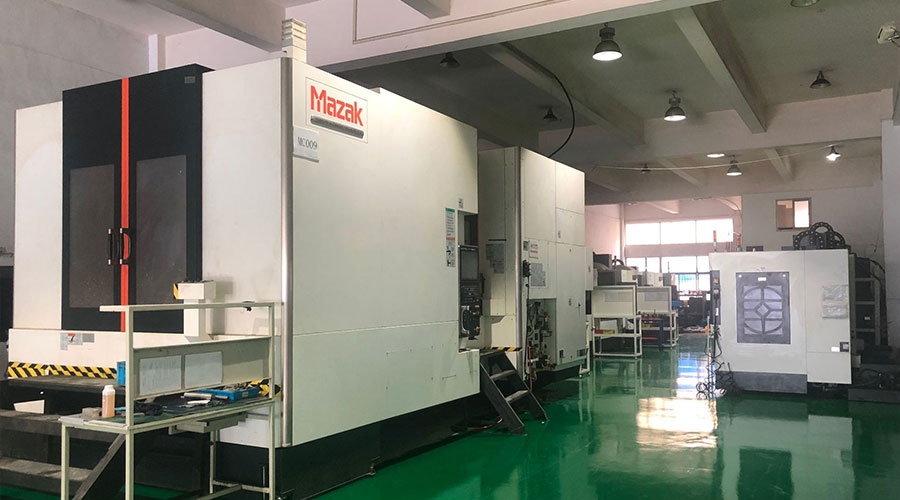 3, 4 and 5-axis precision CNC machining services for aluminum machining, beryllium, carbon steel, magnesium, titanium machining, Inconel, platinum, superalloy, acetal, polycarbonate, fiberglass, graphite and wood. Capable of machining parts up to 98 in. turning dia. and +/-0.001 in. straightness tolerance. Processes include milling, turning, drilling, boring, threading, tapping, forming, knurling, counterboring, countersinking, reaming and laser cutting. Secondary services such as assembly, centerless grinding, heat treating, plating and welding. Prototype and low to high volume production offered with maximum 50,000 units. Suitable for fluid power, pneumatics, hydraulics and valve applications. Serves the aerospace, aircraft, military, medical and defense industries.PTJ will strategize with you to provide the most cost-effective services to help you reach your target,Welcome to Contact us ( [email protected] ) directly for your new project.
3, 4 and 5-axis precision CNC machining services for aluminum machining, beryllium, carbon steel, magnesium, titanium machining, Inconel, platinum, superalloy, acetal, polycarbonate, fiberglass, graphite and wood. Capable of machining parts up to 98 in. turning dia. and +/-0.001 in. straightness tolerance. Processes include milling, turning, drilling, boring, threading, tapping, forming, knurling, counterboring, countersinking, reaming and laser cutting. Secondary services such as assembly, centerless grinding, heat treating, plating and welding. Prototype and low to high volume production offered with maximum 50,000 units. Suitable for fluid power, pneumatics, hydraulics and valve applications. Serves the aerospace, aircraft, military, medical and defense industries.PTJ will strategize with you to provide the most cost-effective services to help you reach your target,Welcome to Contact us ( [email protected] ) directly for your new project.
Link to this article:Using a reciprocating saw for pipe cutting helps improve safety, versatility, and ease of use
Reprint Statement: If there are no special instructions, all articles on this site are original. Please indicate the source for reprinting:Tungusten,Thanks!^^

